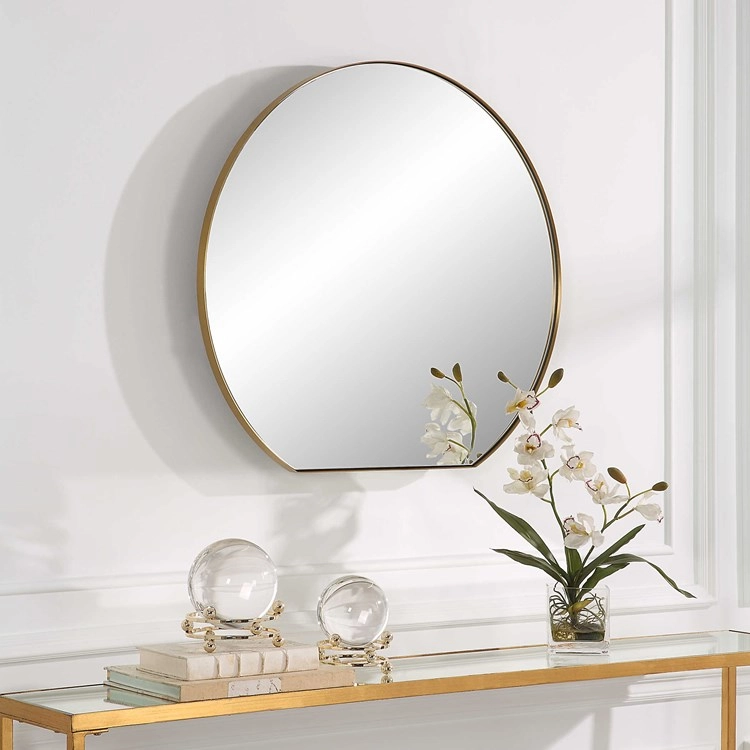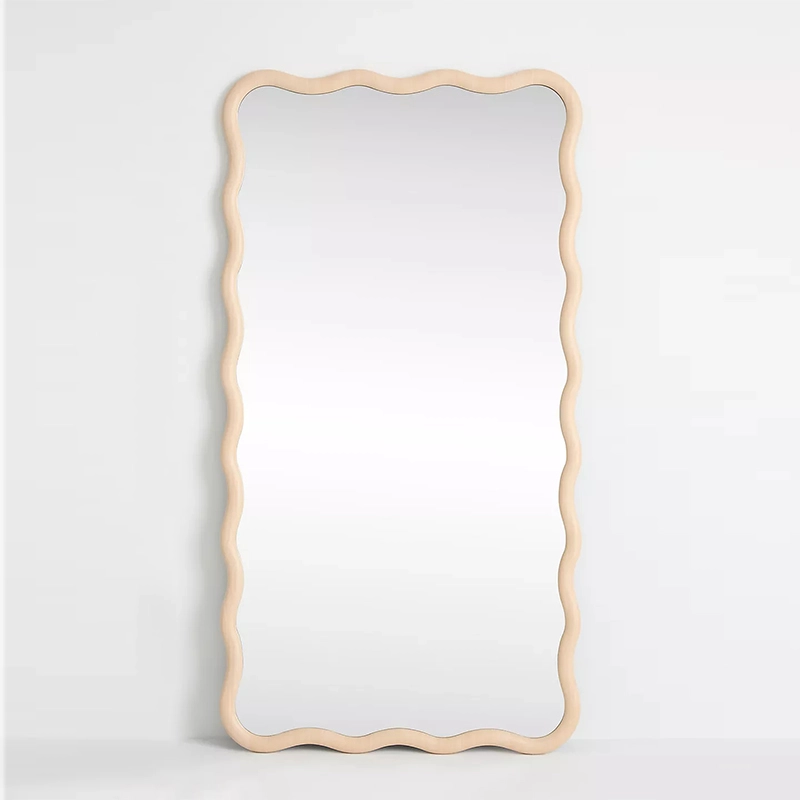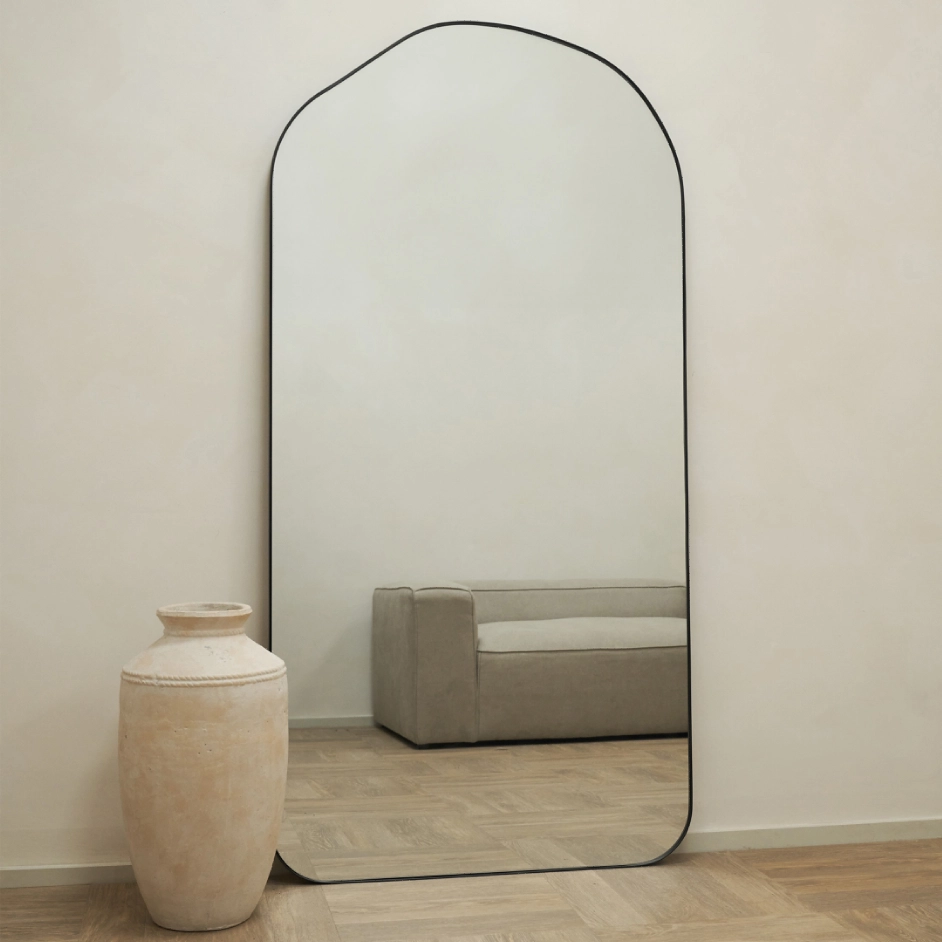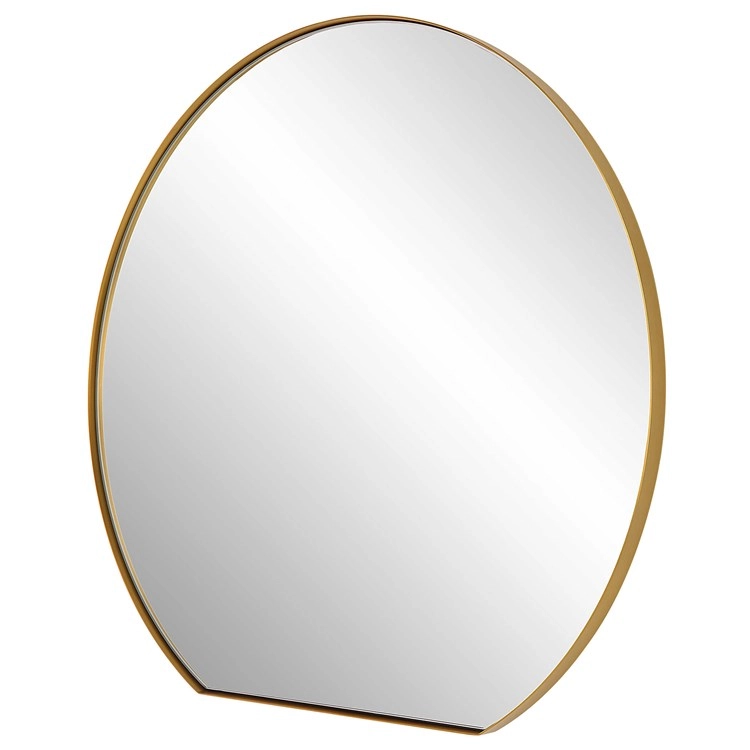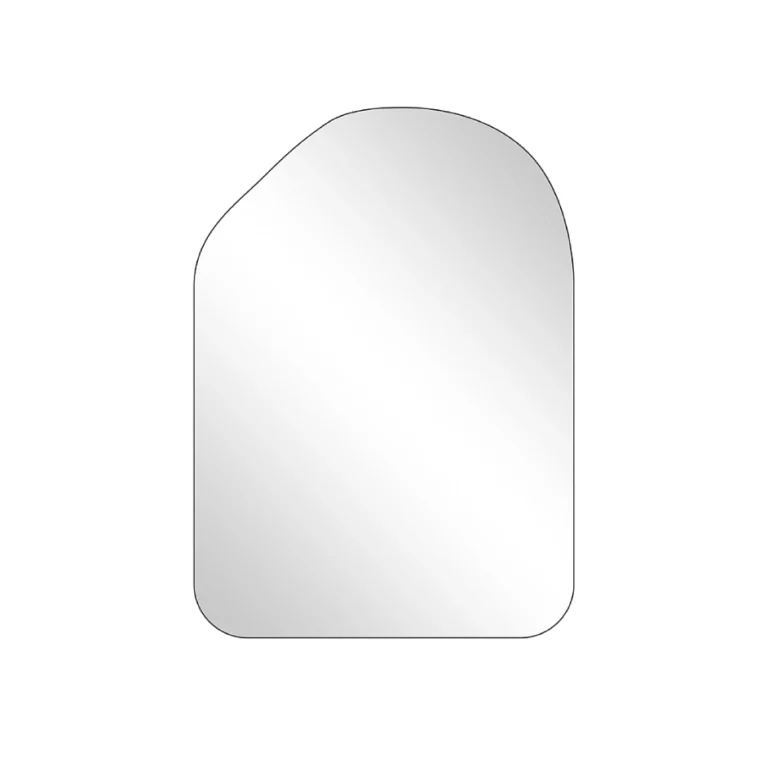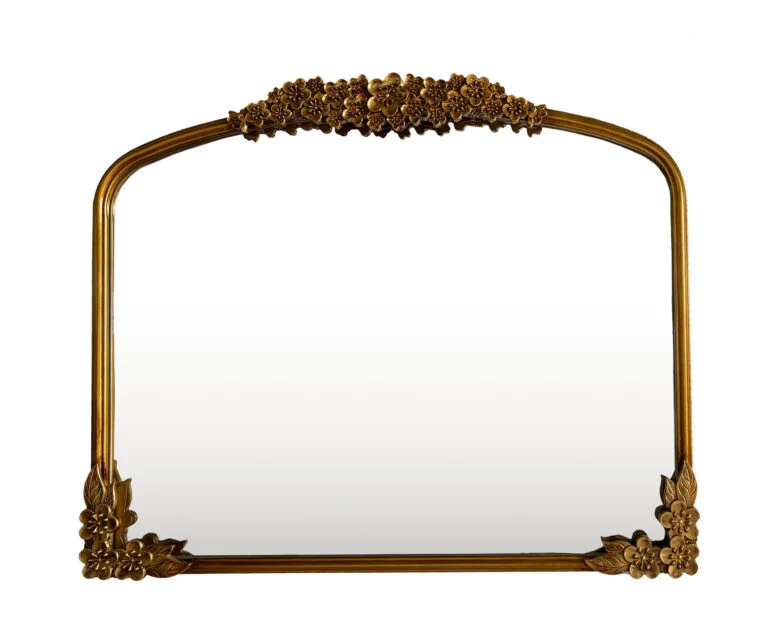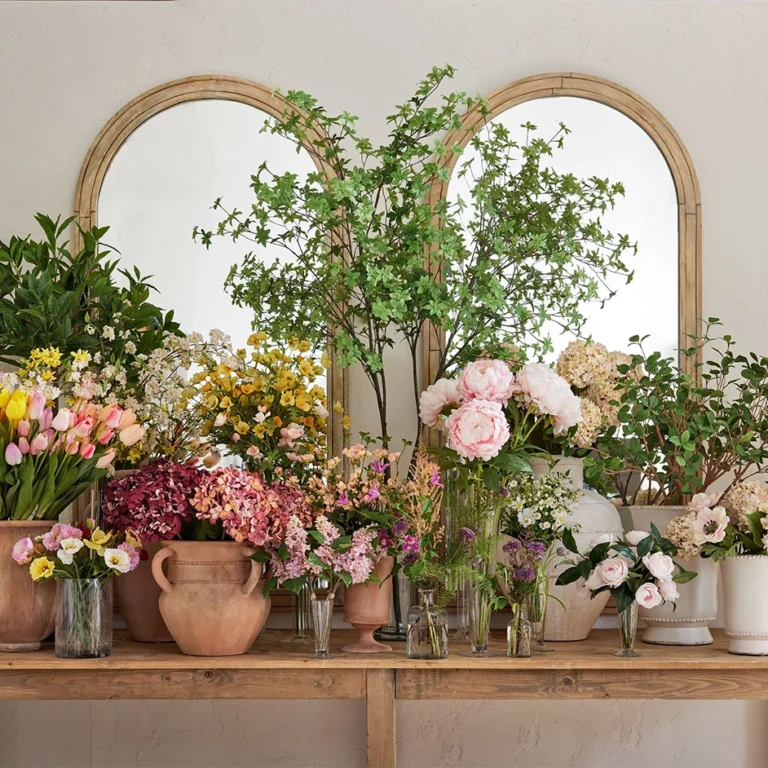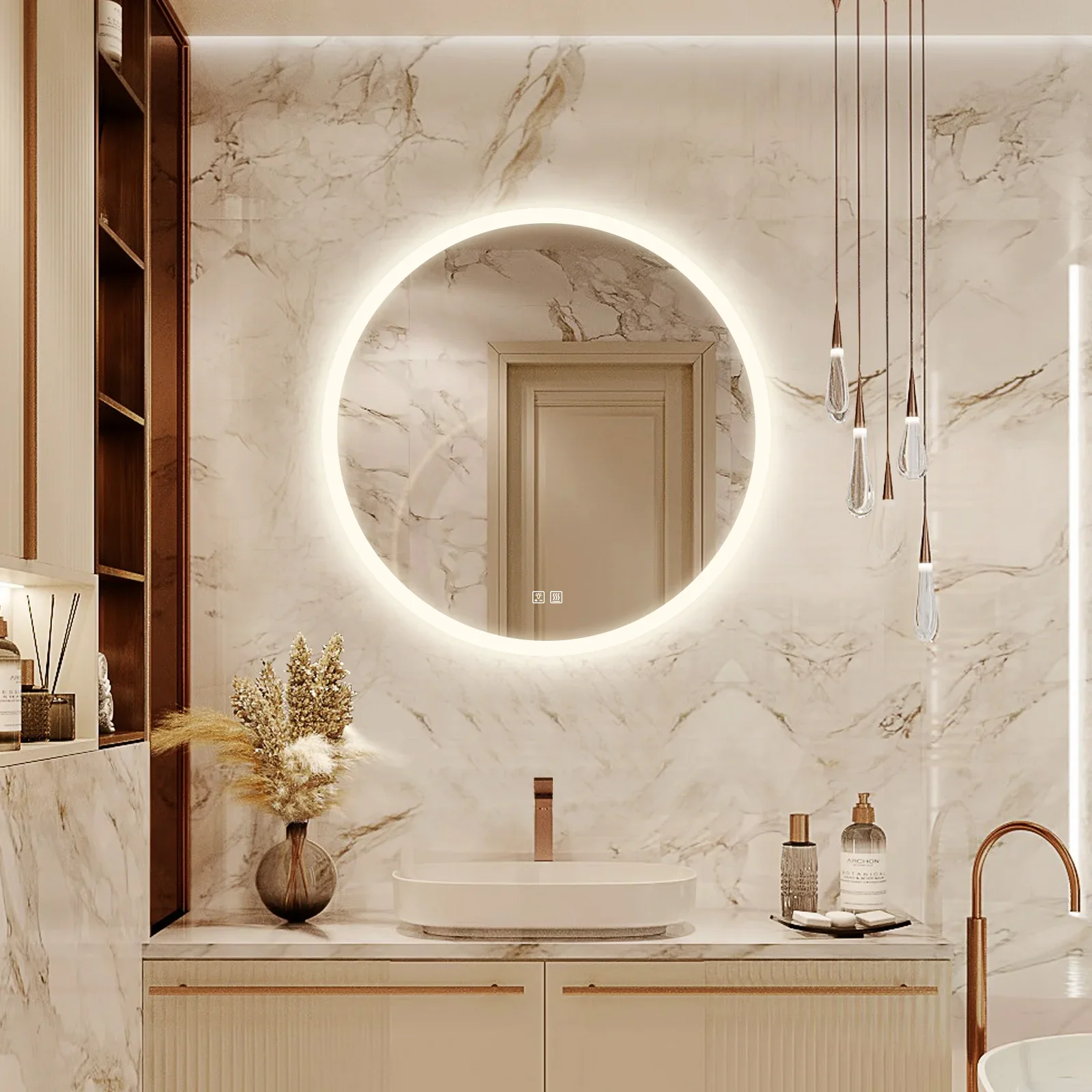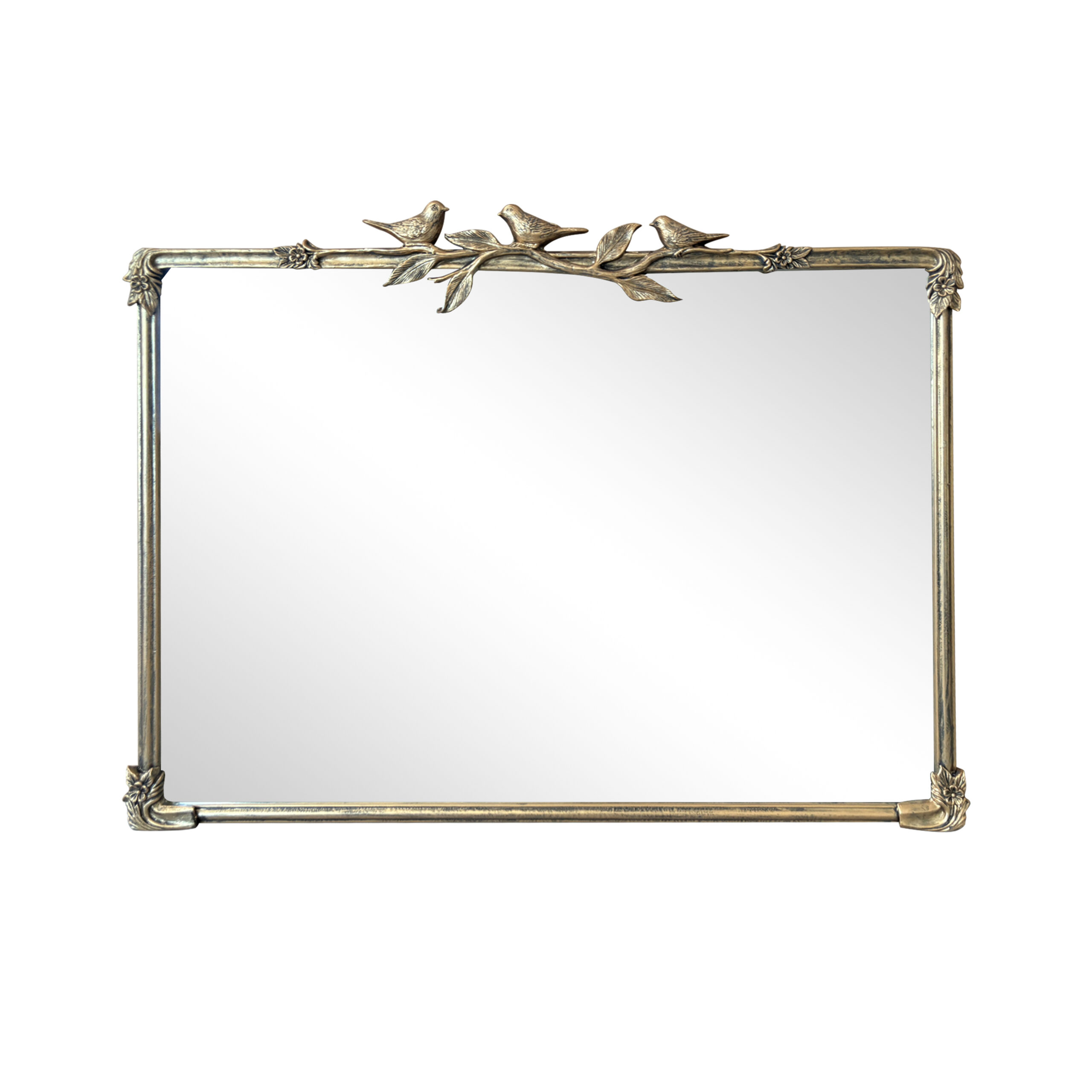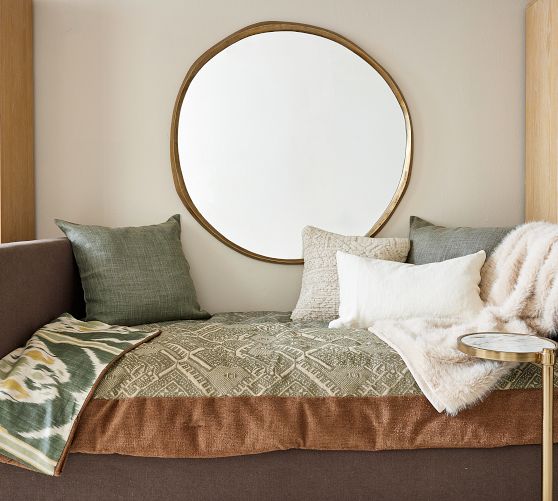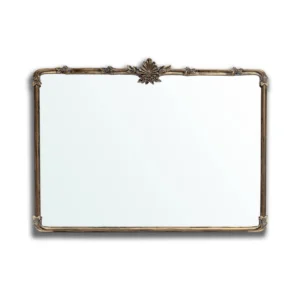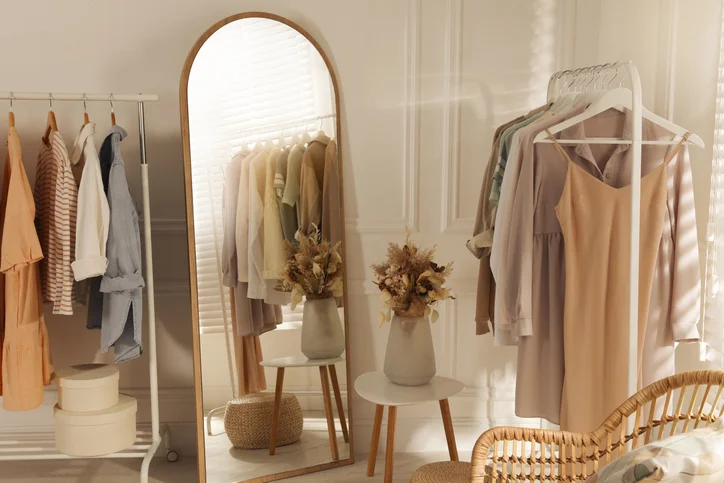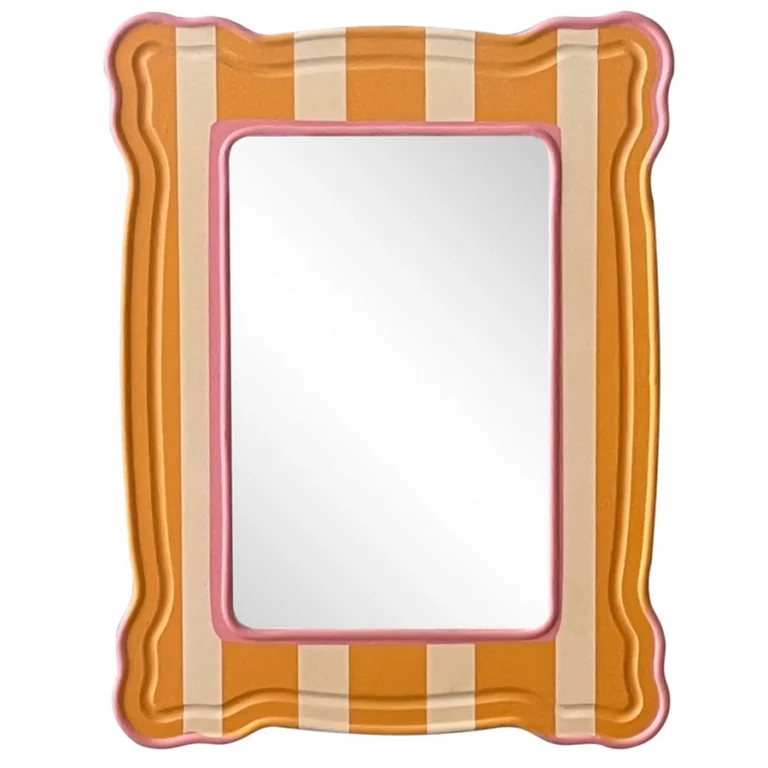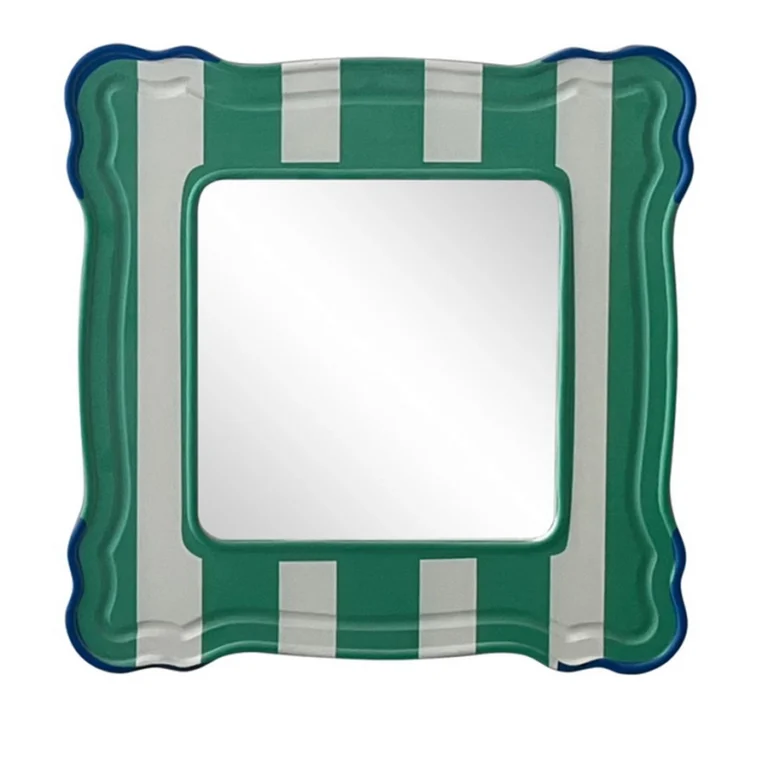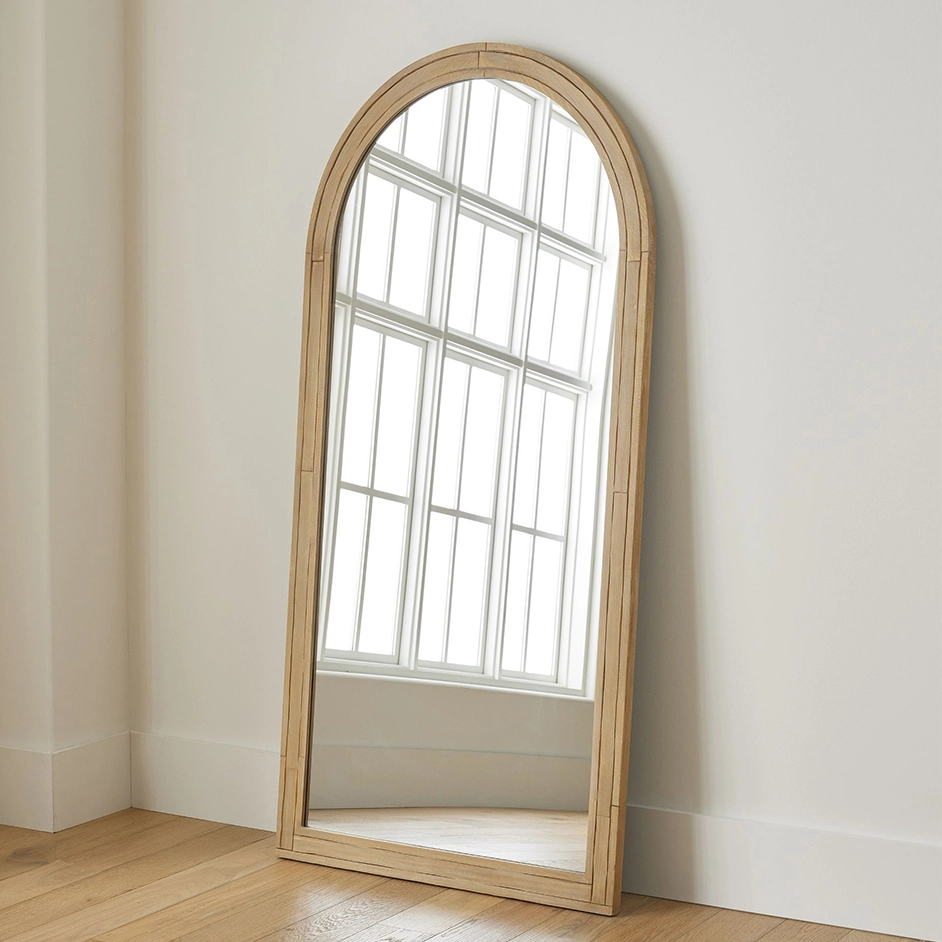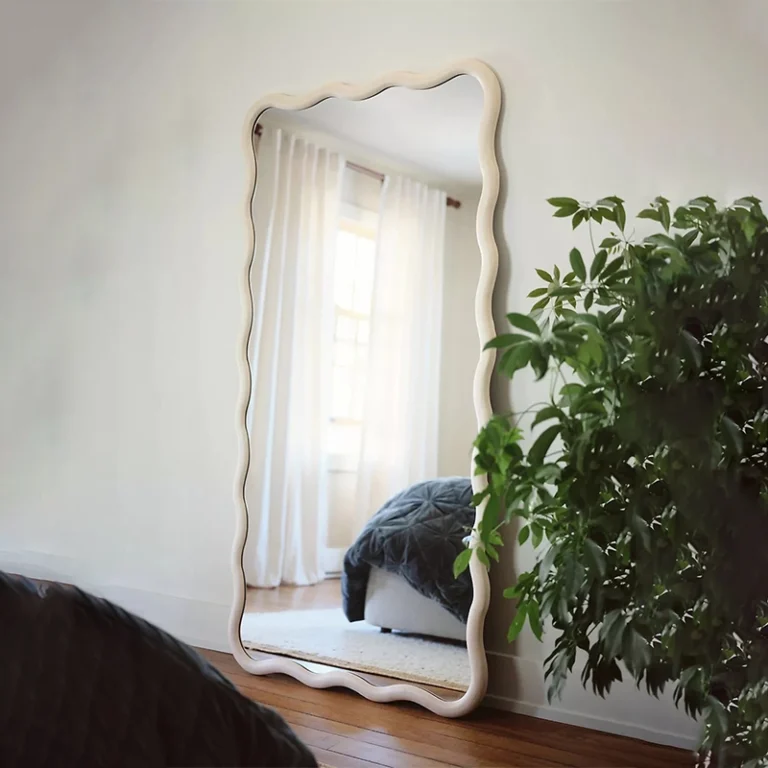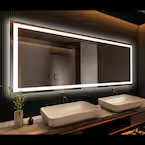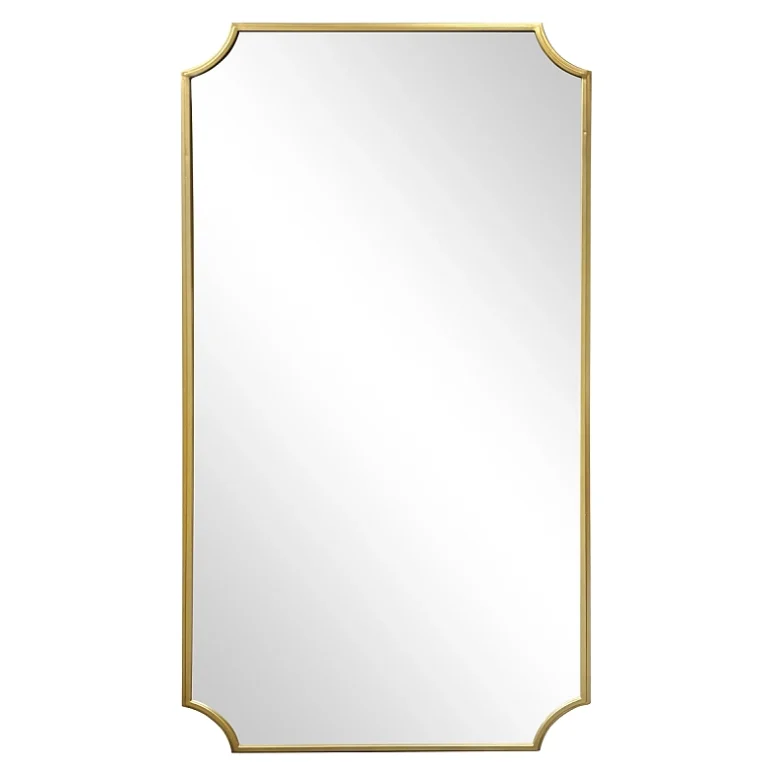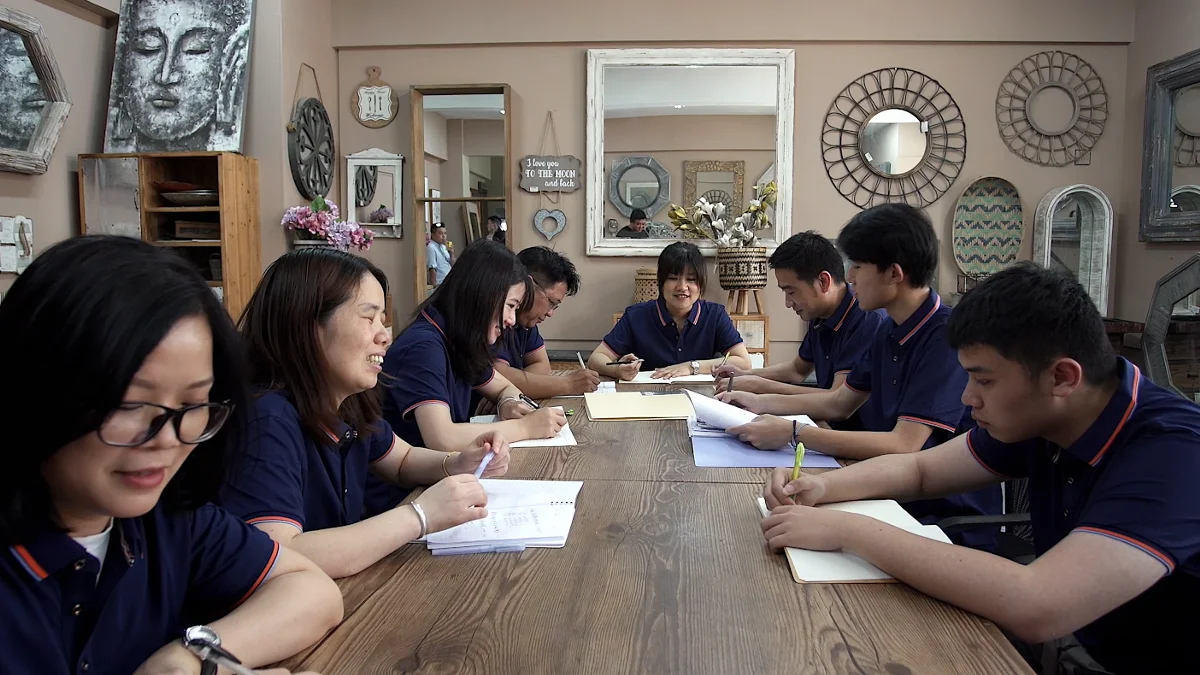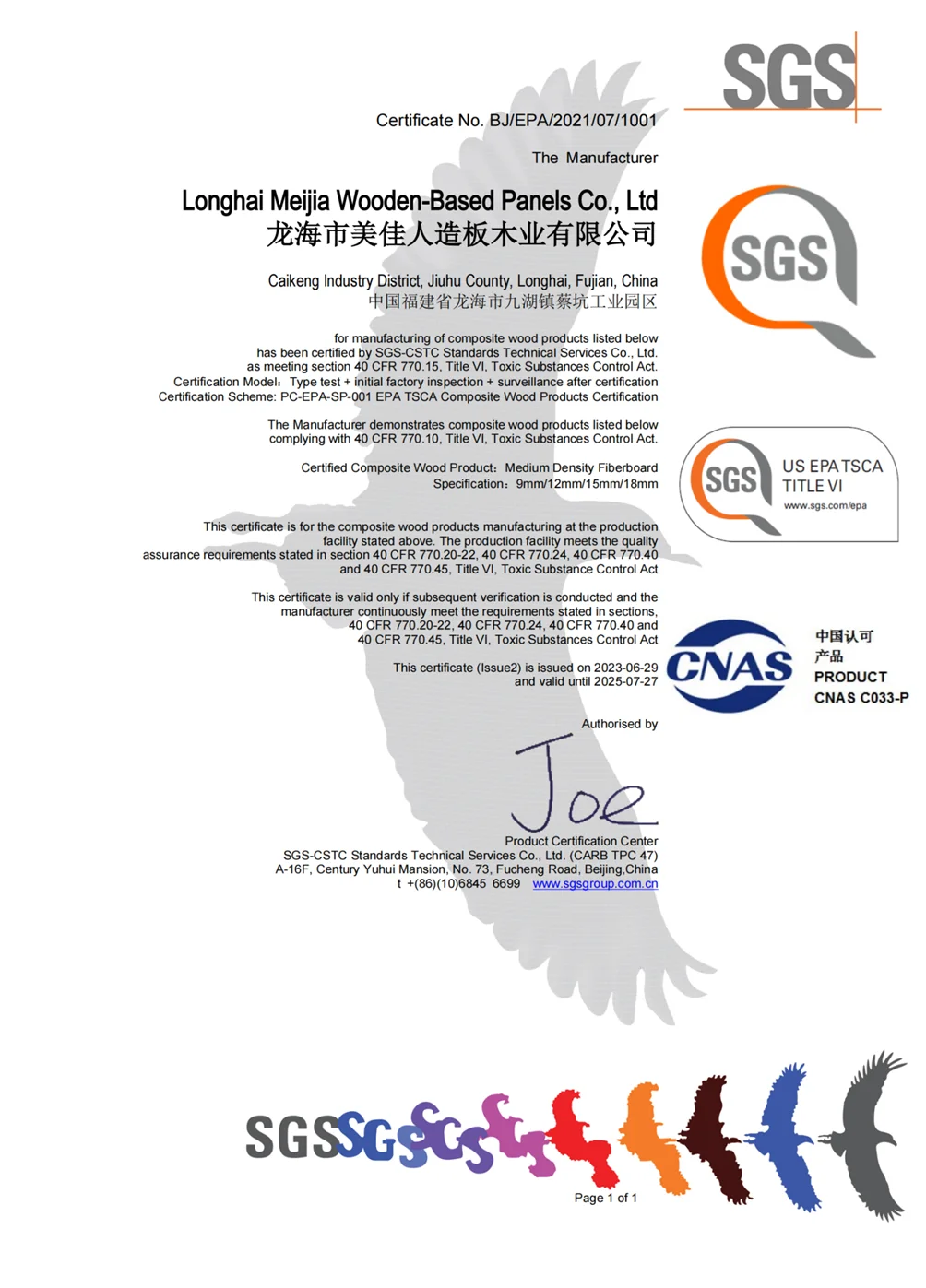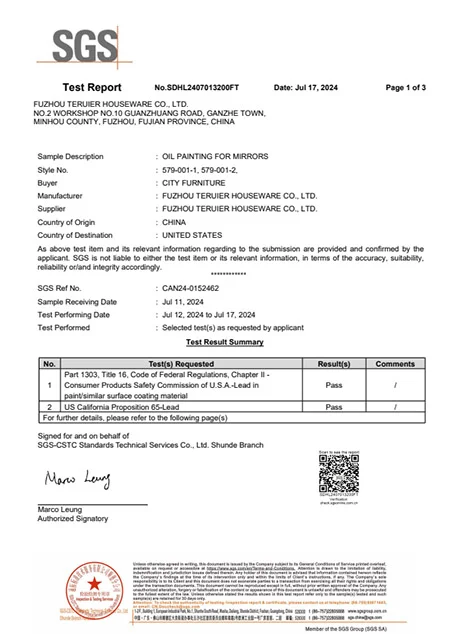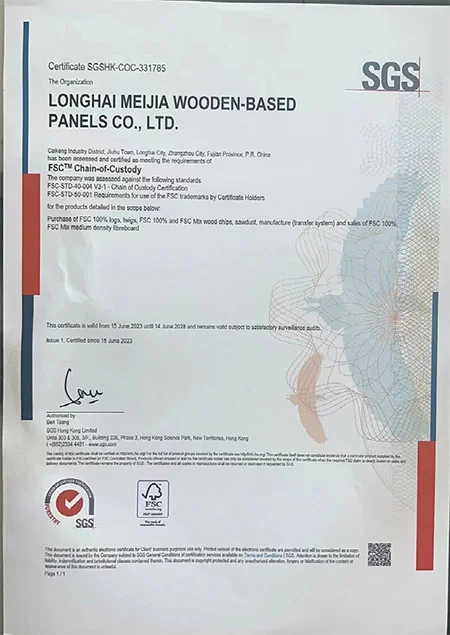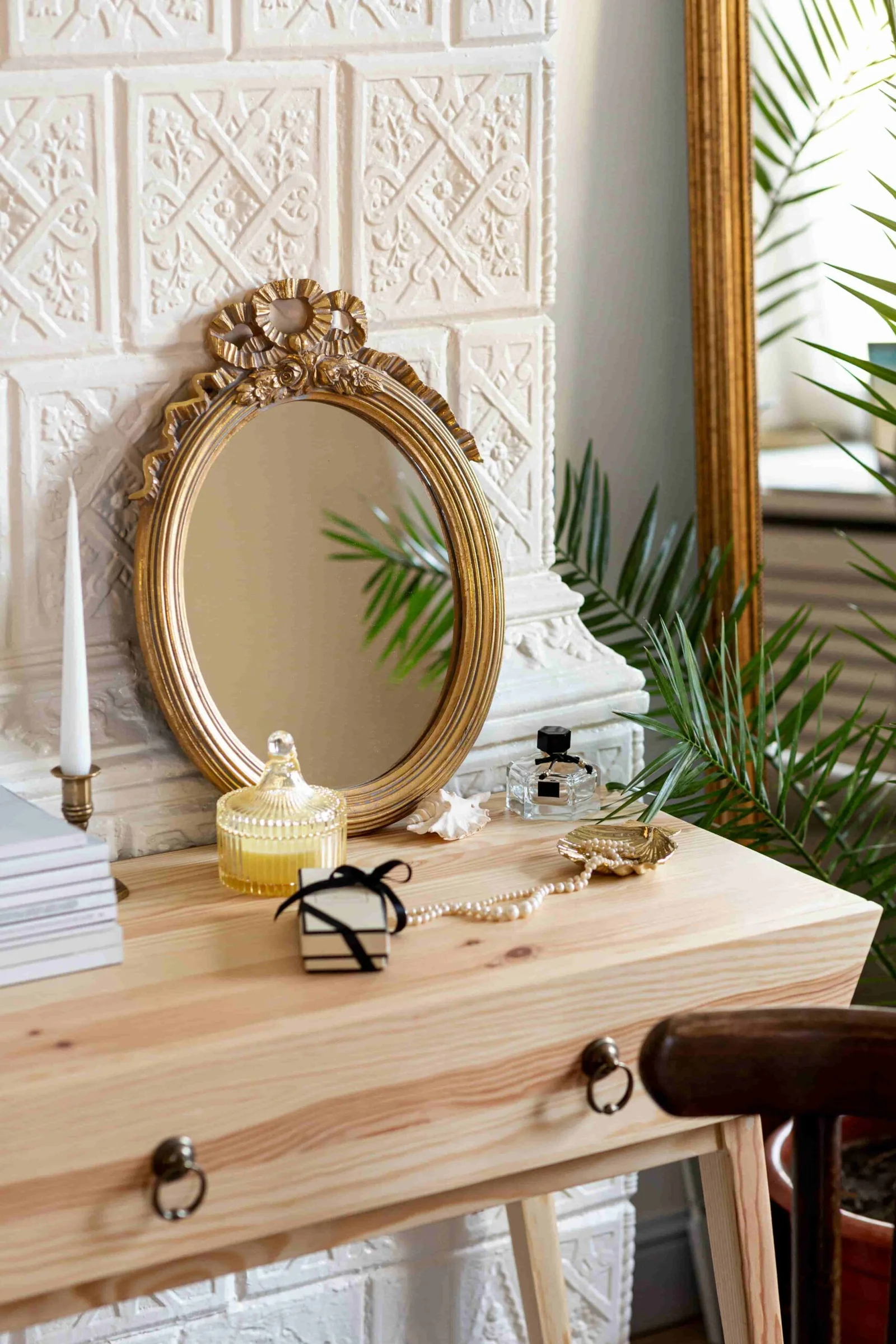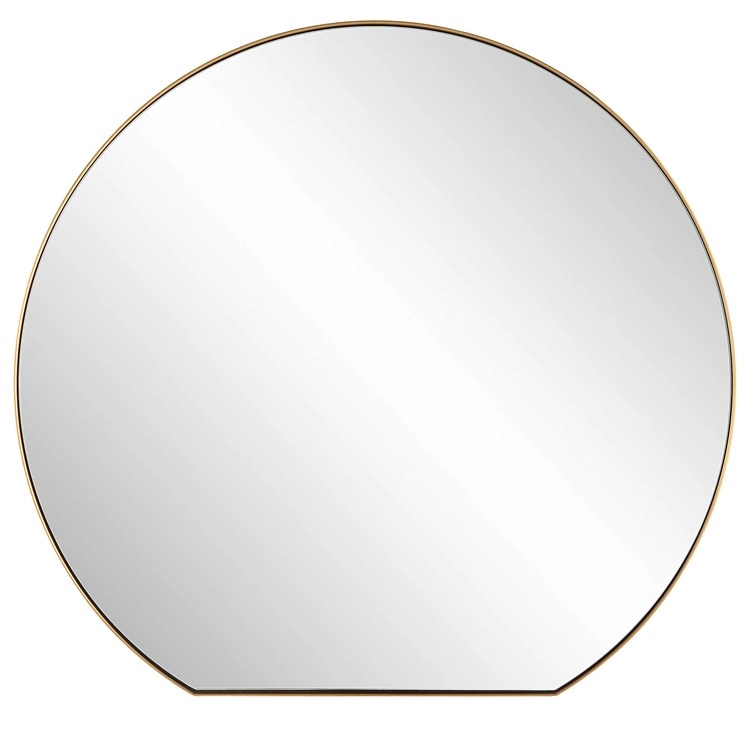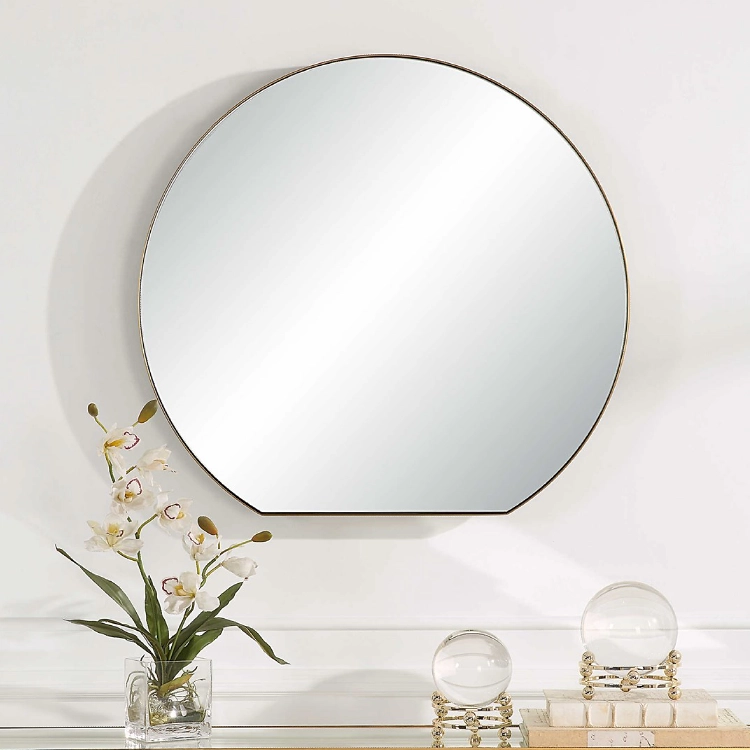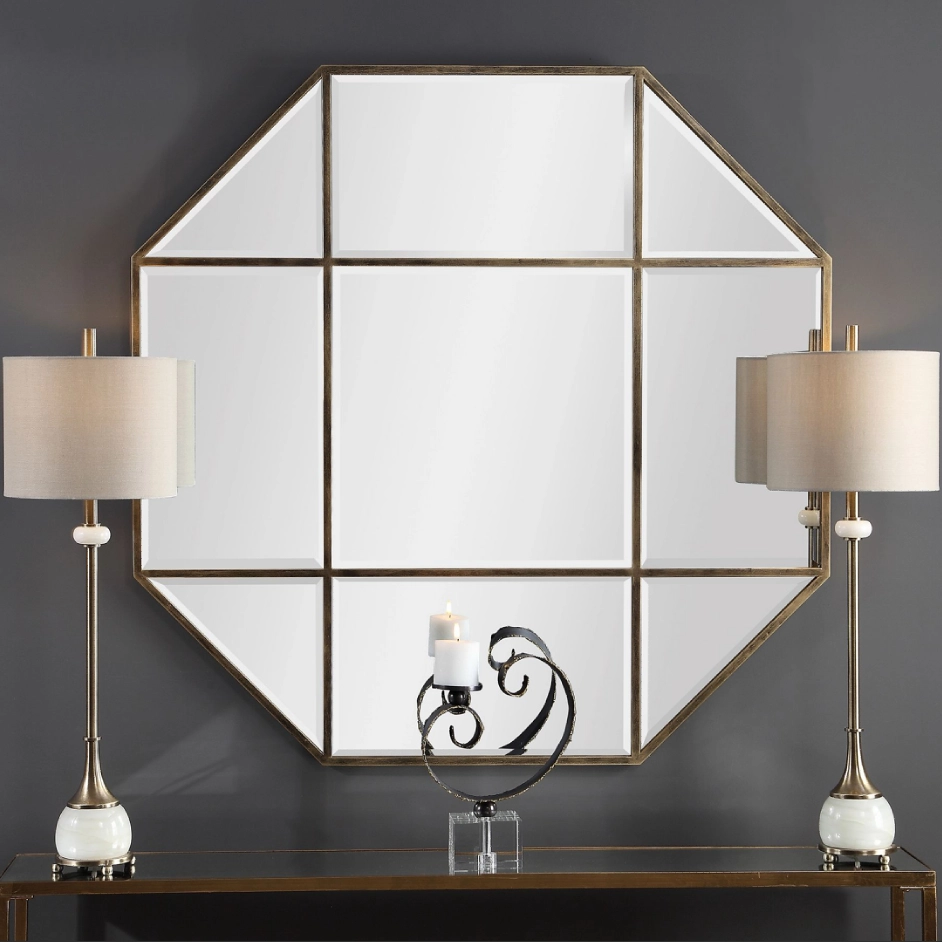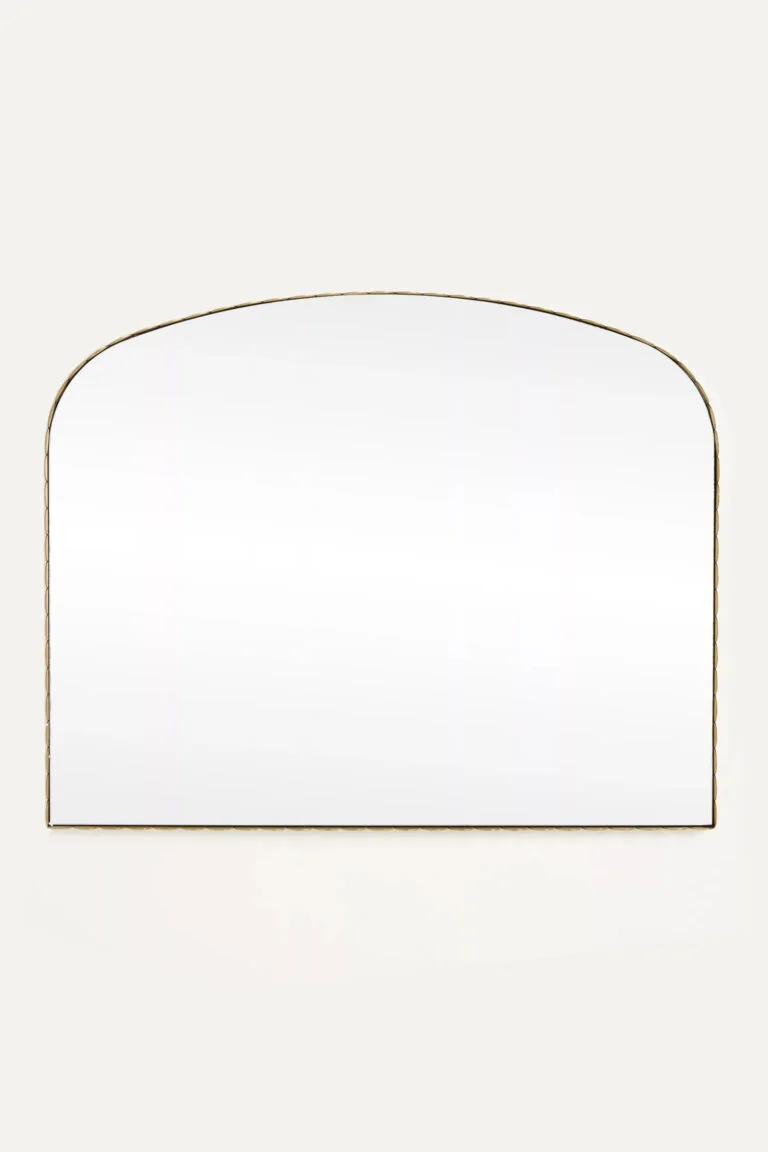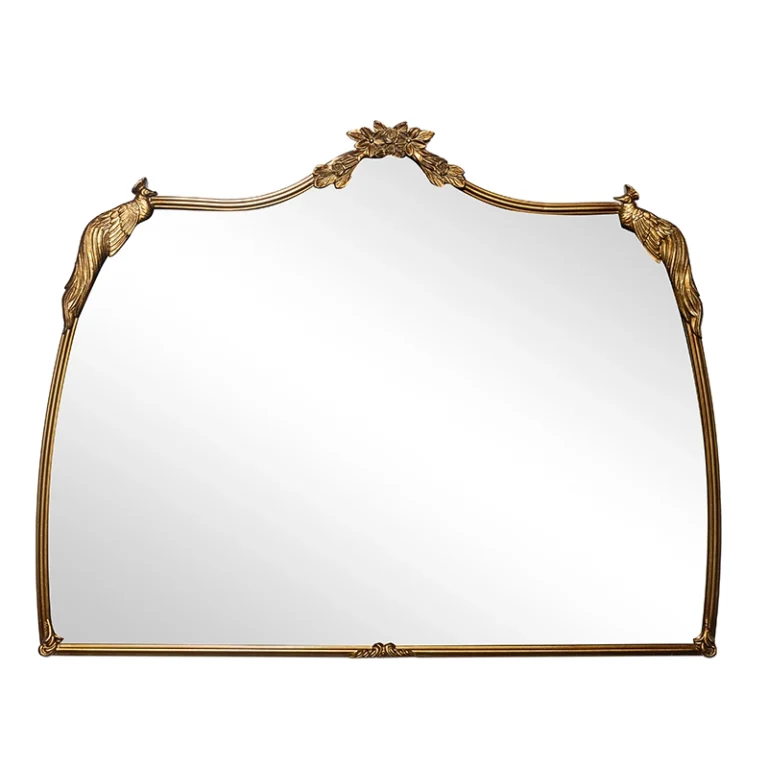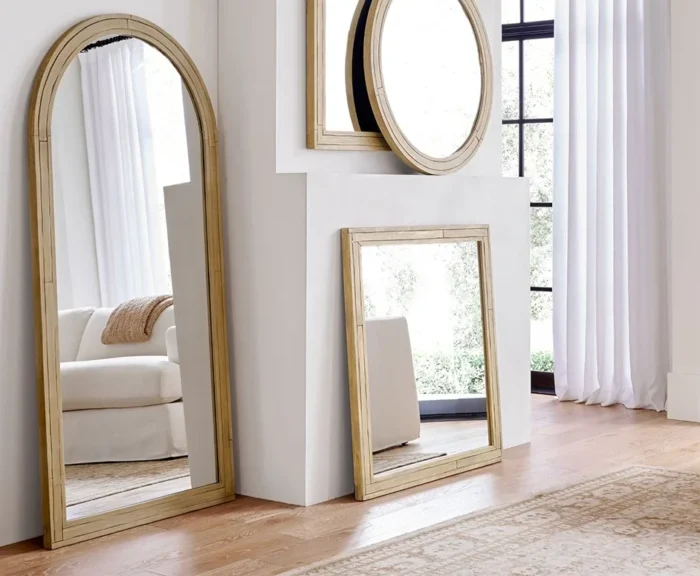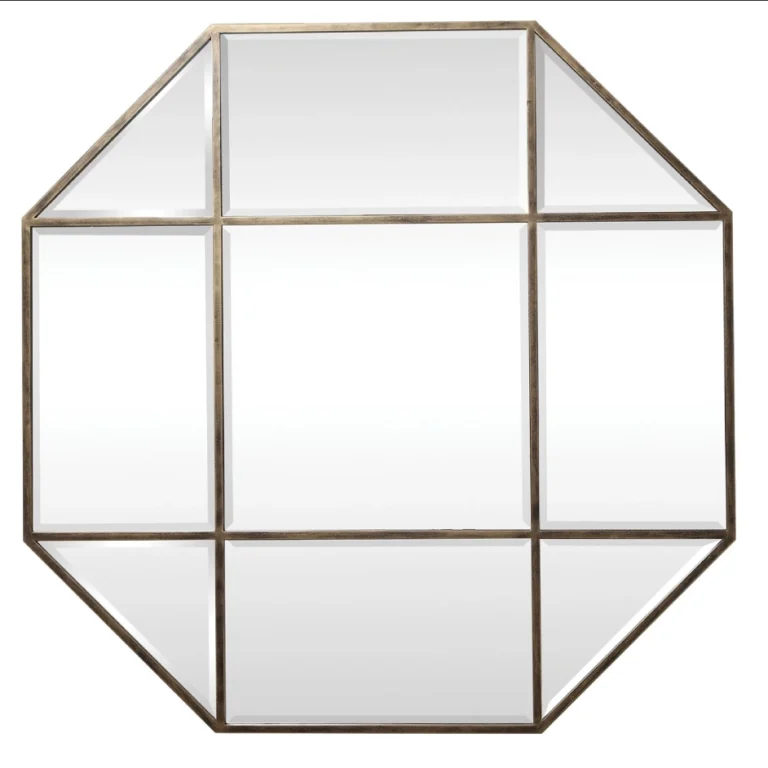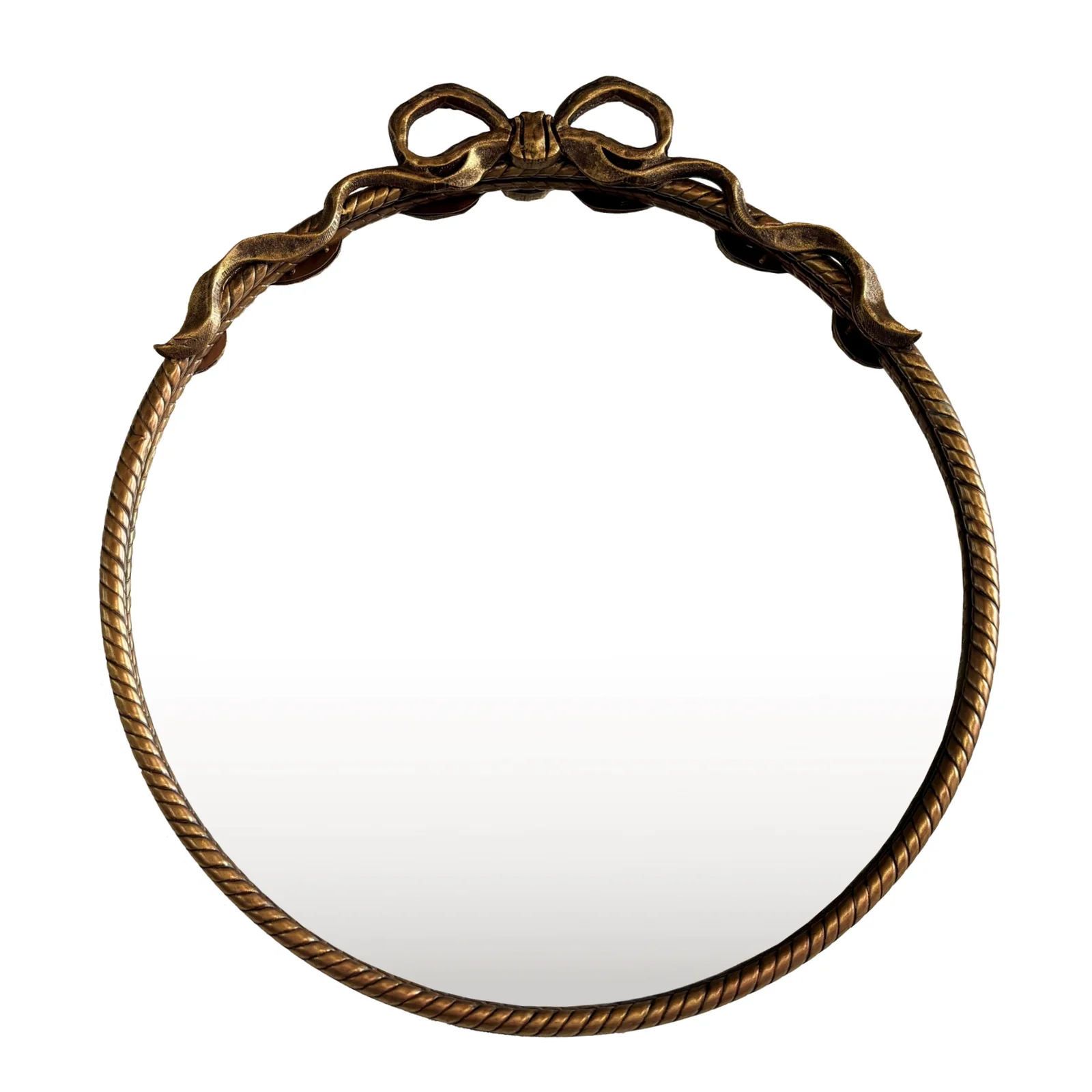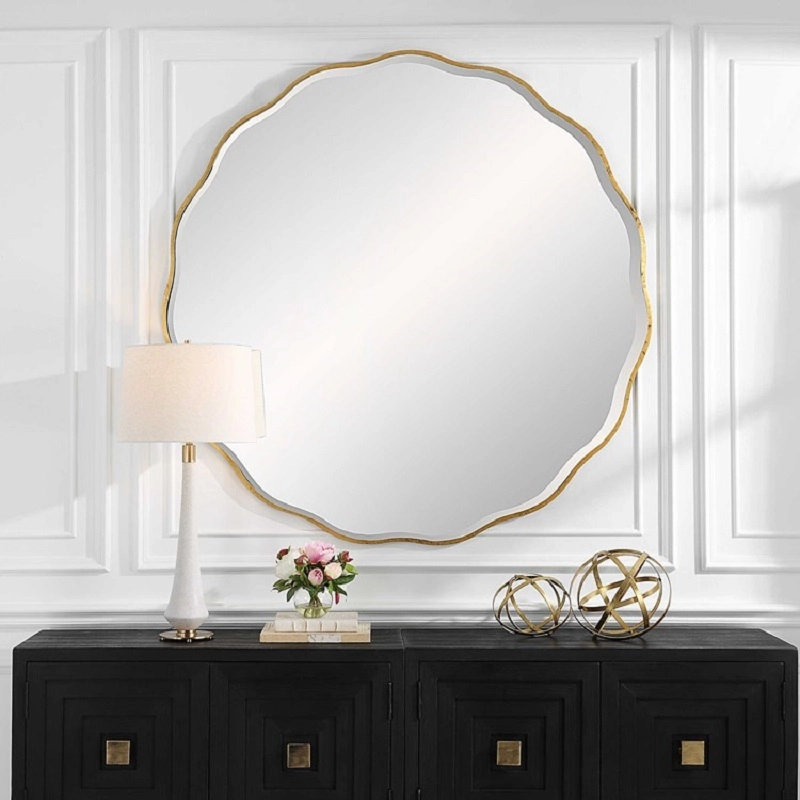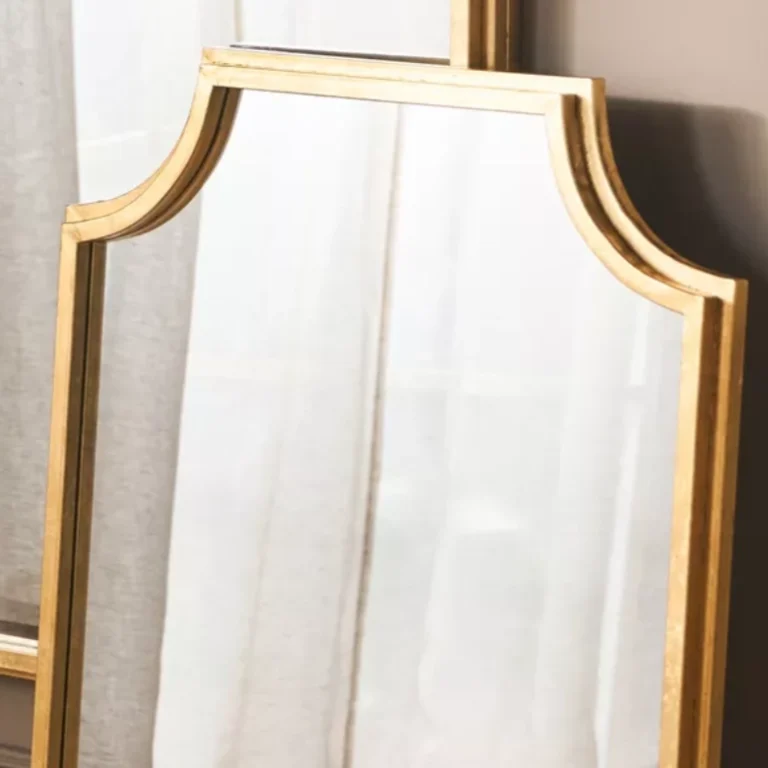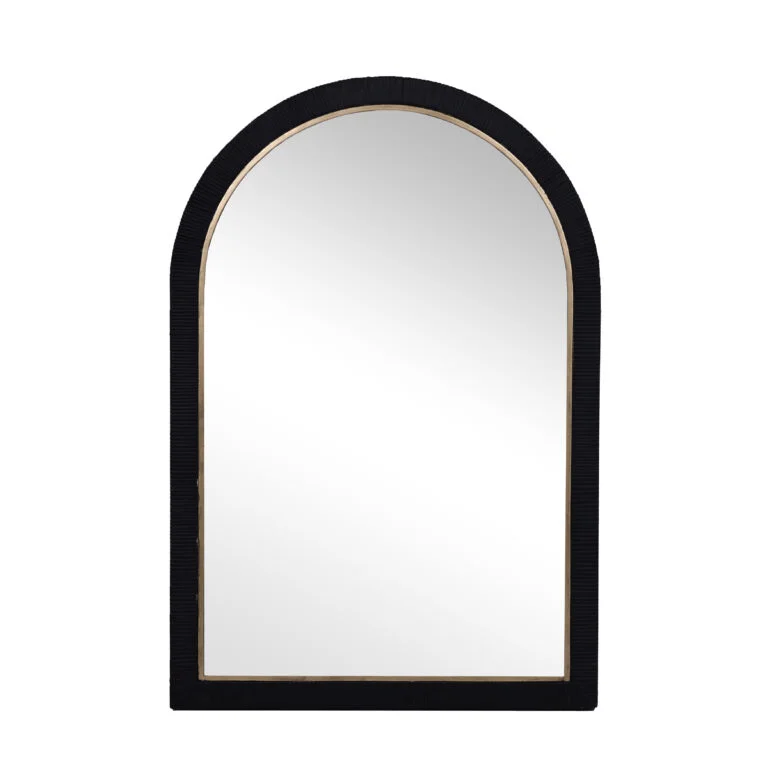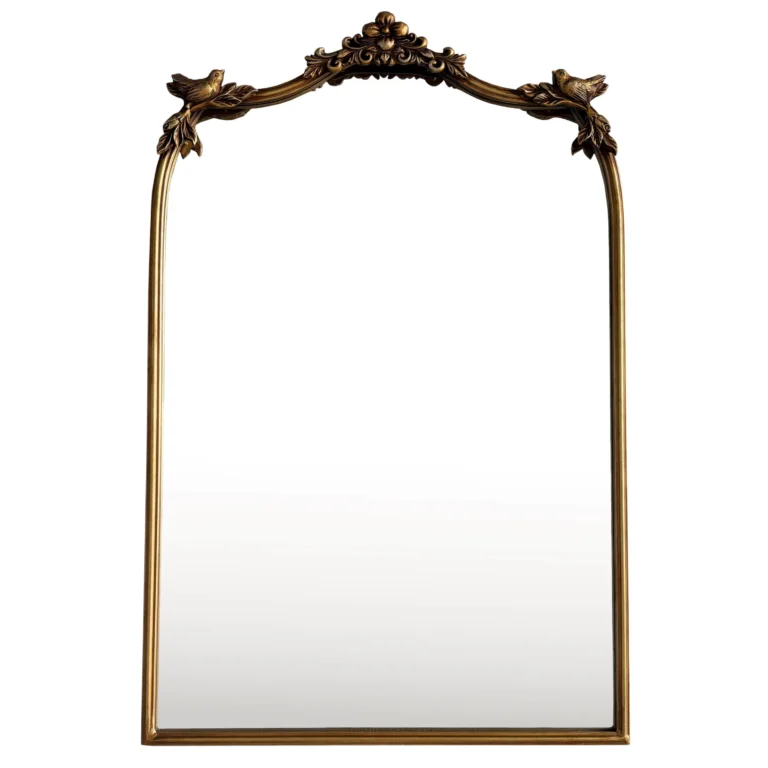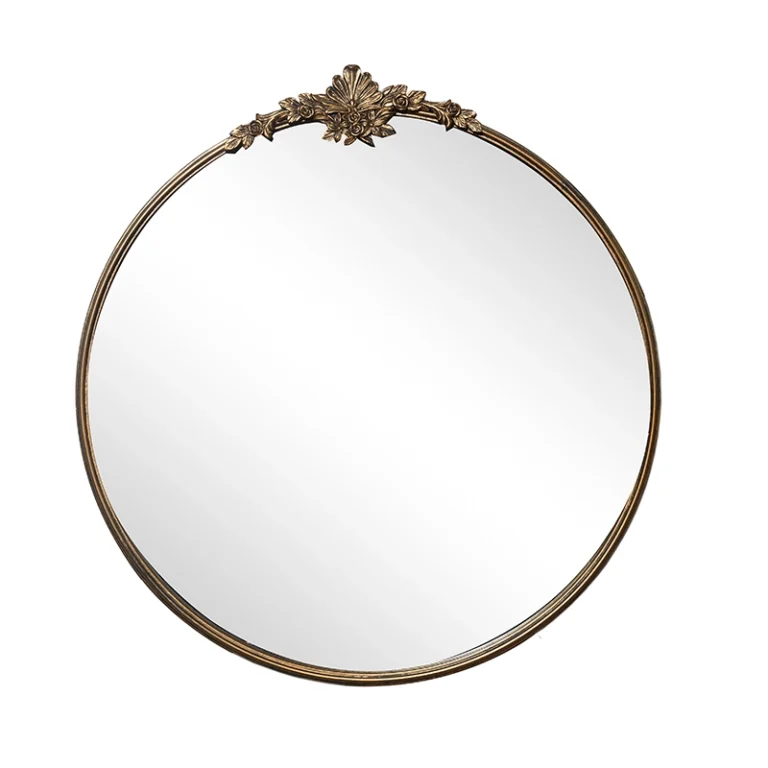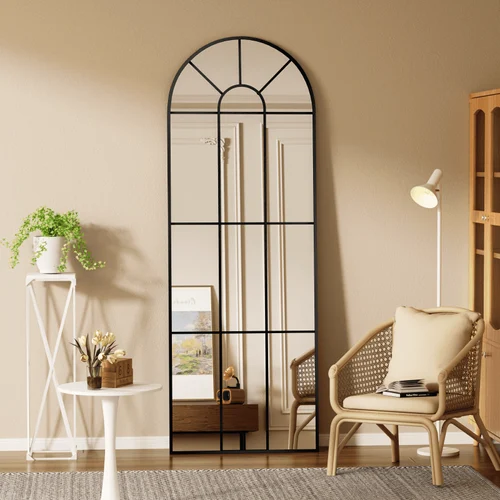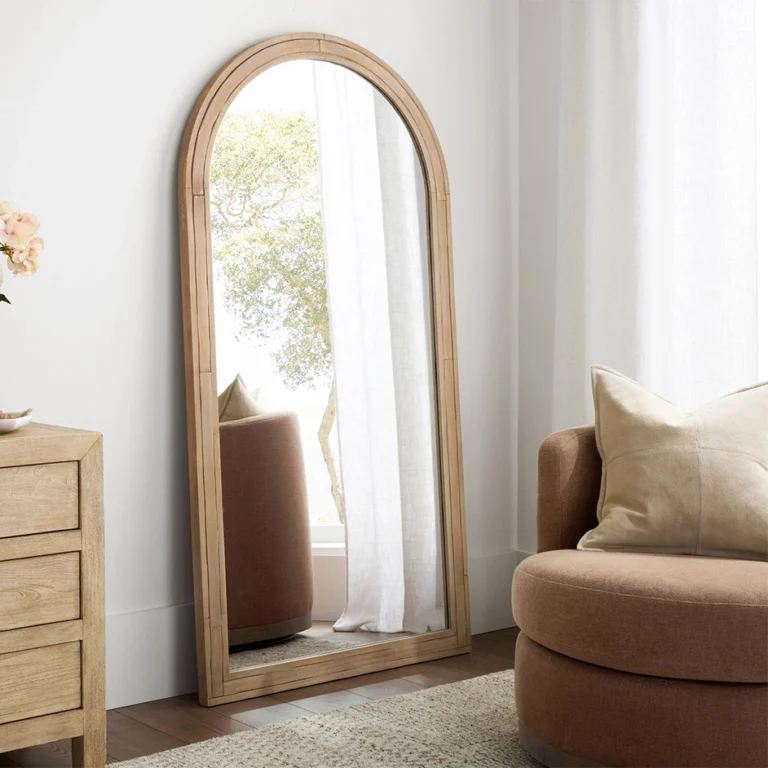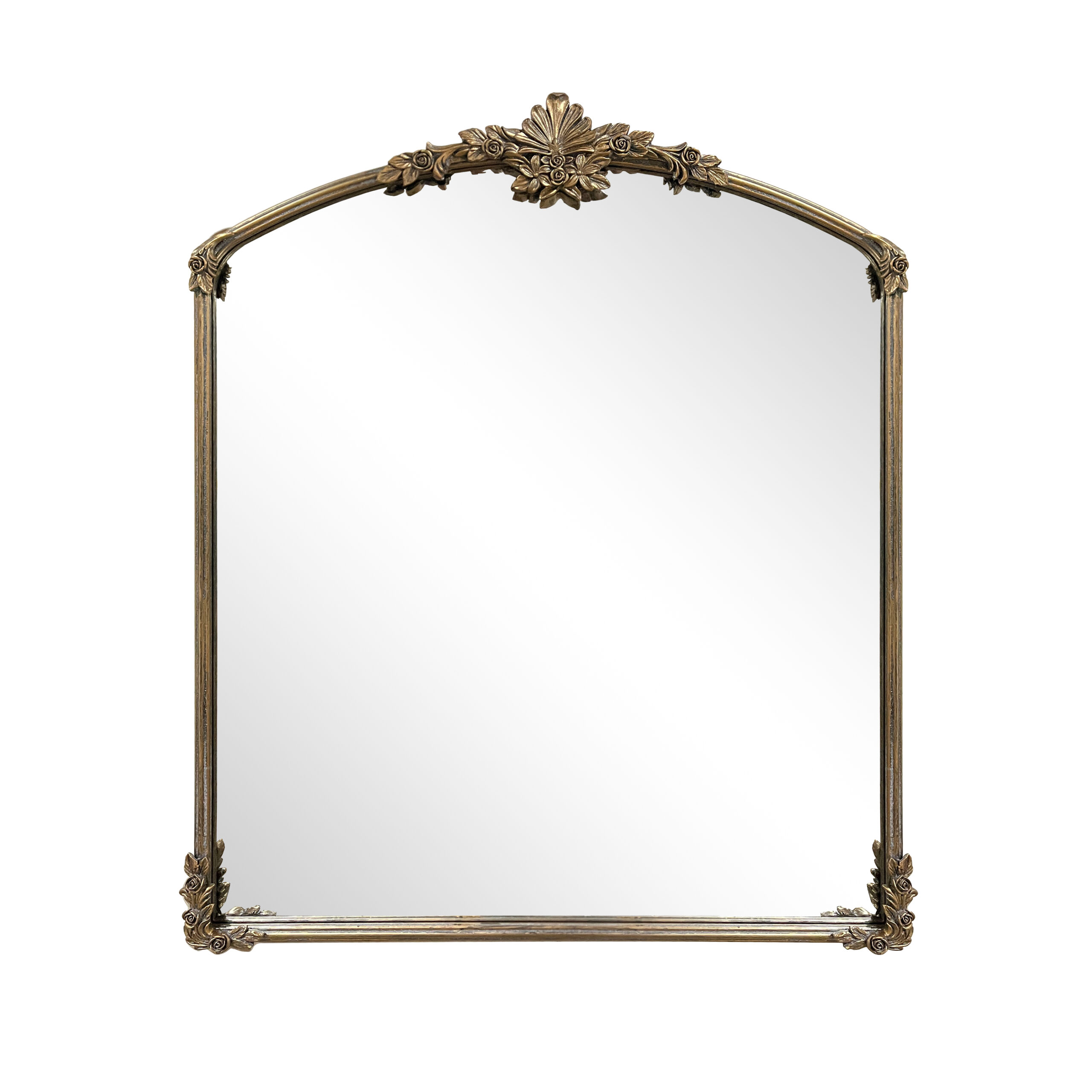Boston antique style vanity mirror
Of course! The “Boston antique style vanity mirror” is a very specific and classic design. It’s not just an old mirror; it refers to a distinct style that was incredibly popular in the late 19th and early 20th centuries, particularly during the Victorian era.
Here’s a detailed breakdown of what defines this style, its history, and how you can find or identify one.
What Defines the “Boston Antique Style” Vanity Mirror?
This style is characterized by a few key features that make it instantly recognizable:
-
The Frame: The most defining element. It’s almost always made of solid, heavy wood (like oak, mahogany, or walnut), deeply carved with intricate patterns. Common motifs include:
-
Floral and Leaf Designs: Acanthus leaves, roses, and vines are very common.
-
Scrollwork and S-Shaped Curves (C-scrolls and S-scrolls): These give the mirror a sense of elegant movement.
-
Ribbons and Bows: Often carved to look like draped fabric.
-
Gilt and Gold Leaf: While many are finished in dark wood stains, a significant number were originally gilded (covered in gold leaf or gold paint) to add opulence and reflect light in dimly lit rooms.
-
-
The Shape: The mirrors are typically rectangular or slightly arched at the top. They are large and imposing, designed to be a central focal point on a vanity dresser or hung on a wall.
-
The Construction: These were built to last. They are heavy, with a sturdy back and often with the original, now slightly aged, glass. The glass itself may have minor imperfections, a slight waviness, or a greyish hue (known as “foxing”), which adds to its antique charm.
-
The “Vanity” Aspect: A true Boston-style vanity mirror is usually pivoting. It is mounted on two sturdy posts or arms that allow the user to tilt the mirror forward and backward to achieve the perfect angle. This is a crucial functional feature.
In short: Think ornate, heavy, carved wood, and tilting.
A Brief History and the “Boston” Name
The name is somewhat misleading. While the style was immensely popular in Boston and throughout New England, it wasn’t invented there. The design origins are European, drawing heavily from the Renaissance Revival and Rococo Revival movements of the Victorian era.
-
Why “Boston”? Boston was a major hub of furniture manufacturing and design in the late 1800s. Companies in and around Boston mass-produced this style of mirror to meet the demand of a growing, affluent middle class who wanted to emulate the opulent interiors of European aristocracy. The name “Boston” became synonymous with this particular type of high-quality, ornately carved mirror, much like “Philadelphia highboy” describes a specific type of chest.
Where to Find an Authentic Antique Boston Vanity Mirror
-
Antique Stores and Malls: Your best bet. Look for reputable dealers who specialize in Victorian or American furniture. You can inspect the piece for quality, age, and condition.
-
Online Marketplaces:
-
Etsy: Excellent for finding authentic antiques and high-quality reproductions.
-
eBay: Requires more careful searching and scrutiny of seller reviews and photos.
-
Chairish & 1stDibs: Higher-end marketplaces with vetted dealers. You’ll find beautiful pieces but often at a premium price.
-
-
Auction Houses: Local estate auctions can be a treasure trove for finding these mirrors, often at better prices than retail antique shops.
-
Estate Sales: Especially sales in older homes in the Northeast.
What to Look For (and Look Out For)
-
Authenticity Signs: Look for signs of age like a patina on the wood, minor nicks and wear on the carving, and the back should look old—often with original hardware, labels, or a rust-colored backing paper.
-
Condition of the Glass: Check for major cracks, deep scratches, or significant silvering loss (where the reflective backing is flaking off). Minor imperfections are expected and often desired.
-
Sturdiness: Ensure the tilting mechanism works smoothly and that the frame is solid, not coming apart at the joints.
-
Reproductions: Be aware that this style is widely reproduced. New reproductions will lack the patina of age, the carving may be less sharp (if it’s a cast composite material instead of carved wood), and the wood will look new.
If You Want the Look Without the Antique Price Tag
Many companies make excellent reproductions and vanity mirrors in the “Boston style.” Search for terms like:
-
“Victorian style vanity mirror”
-
“Carved wood tilt mirror”
-
“Rococo vanity mirror”
-
“Gilded antique reproduction mirror”
Brands like Pottery Barn, Ballard Designs, and Wayfair often carry versions of this style, both in dark wood and gilded finishes.
I hope this detailed guide helps you in your search for the perfect Boston antique style vanity mirror
Generally speaking, our order requirements are as follows: the minimum order quantity (MOQ) for large items is 50 pieces, for regular items it is 100 pieces, for small items it is 500 pieces, and for very small items (such as ceramic decorations) the MOQ is 1,000 pieces. Orders exceeding $100,000 will receive a 5% discount. The delivery timeline is determined based on the specific order quantity and production schedule. Typically, we are able to complete delivery within two months.
